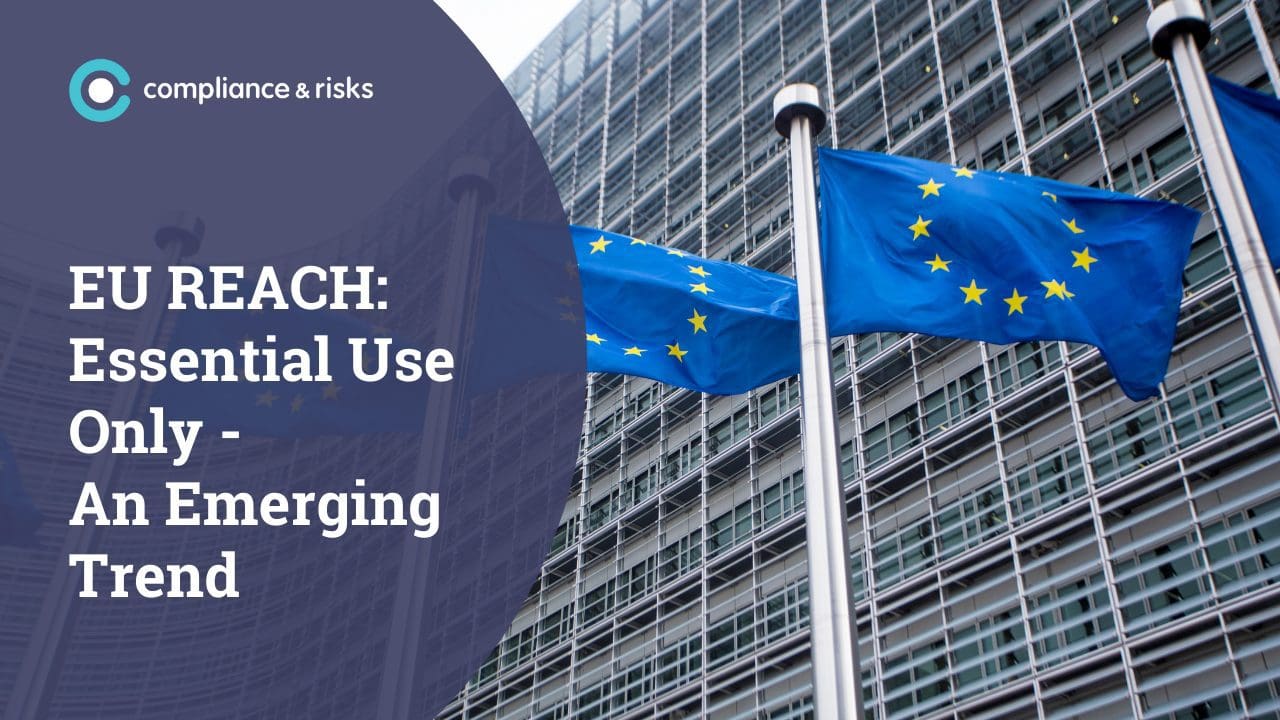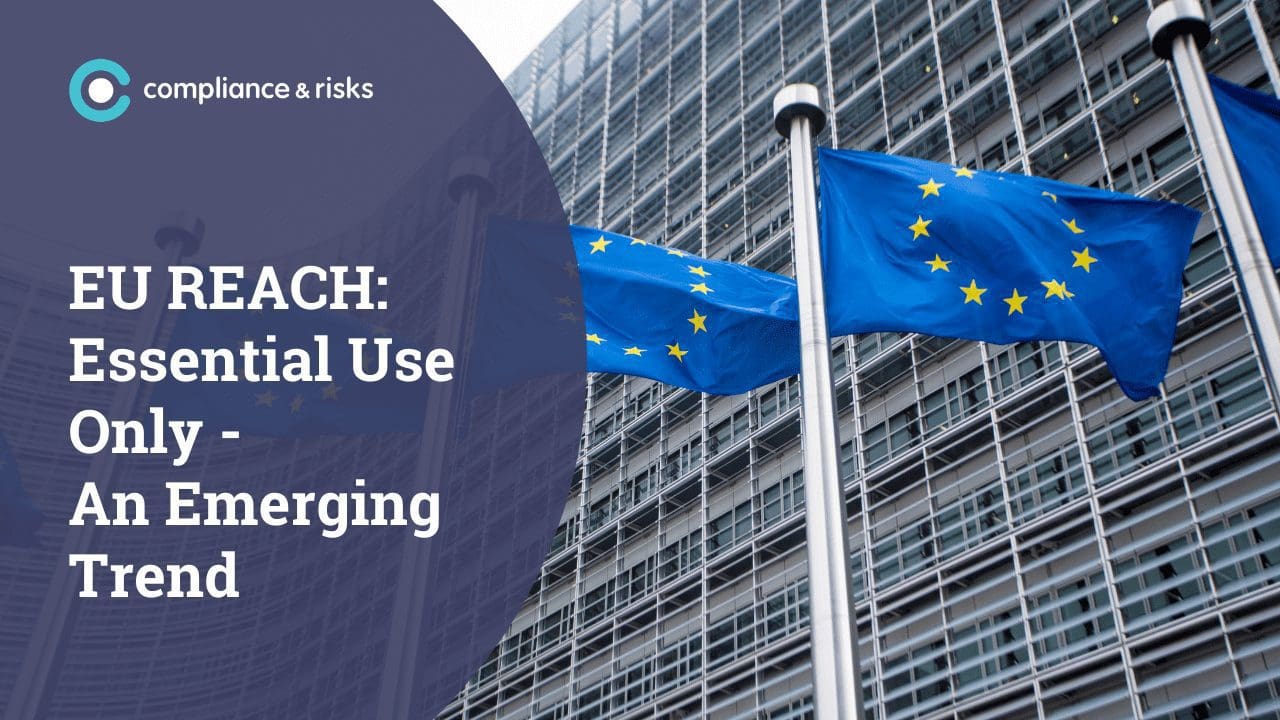
EU REACH: Essential Use Only – An Emerging Trend


‘harmful chemicals are only allowed if their use is necessary for health, safety or is critical for the functioning of society and if there are no alternatives that are acceptable from the standpoint of environment and health’.
The European Commission are planning to consult on this and, following the consultation, make it clear to all what this principle will mean in practice at some point between 2021-2022.
Interestingly, the Montreal Protocol takes cost into consideration via the inclusion of ‘economically feasible alternatives’, which so far does not look as if it will be included in the future definition of essential use.
The drive to embed the requirements for essential uses only, is based on the intention that this will increase the efficiency of legislation, allowing larger groups of substances to be controlled, with only certain product types meeting the essential use criteria excluded. This shift in evidentiary focus is closer to that of the precautionary principle where, if sufficient evidence is not submitted to outline a case, the use of the substance will then be limited – a position which is very much supported by NGOs. This allows a broad categorization of products to be developed (e.g. medical devices) and reviewed in batches, such that decisions can be made at a much quicker pace, rather than each case having to be reviewed individually.
This move from a substance-by-substance approach to grouping structurally similar substances is intended to promote more informed substitution rather than the practice of substituting one “banned” substance with another very similar substance which subsequently is also “banned”. This practice is often termed regrettable substitution which, although it is not a new concept, is seeing a resurgence in focus.
The idea of defining an essential use is a challenge, one of many, as it will have to keep up to date with technological advancements and as such should not be a static list. The definition should also take into account other EU priorities, such as the inclusion of substances which contribute to the circular economy, where these uses are seen to be essential.
These issues have a particular relevance with regard to per- and polyfluoroalkyl sulphonates (PFAS). Currently, several EU Member States, including the Netherlands, are working on a proposal for a REACH restriction which considers all PFAS substances and all applications, unless the use is determined to be an essential use. In this context, the outcome of these discussions on what actually is an essential use could be highly impactful.
Want access to more in-depth analysis from our expert Knowledge Partner Network? Sign up to our newsletter!








